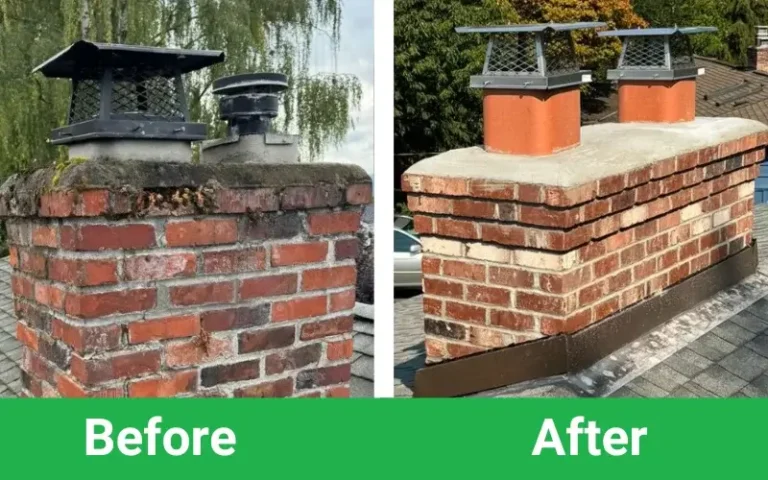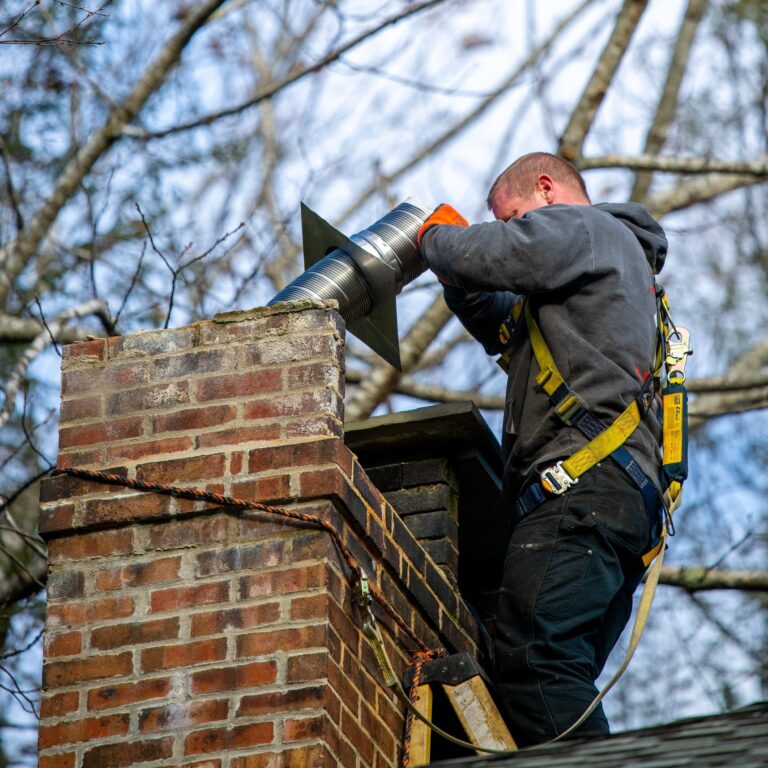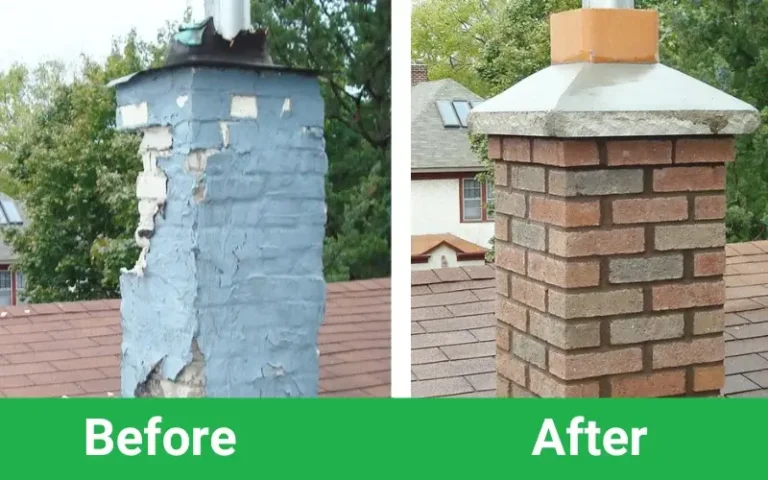Our Blog
Understanding Chimney Inspections in Renton, WA: What Homeowners Need to Know
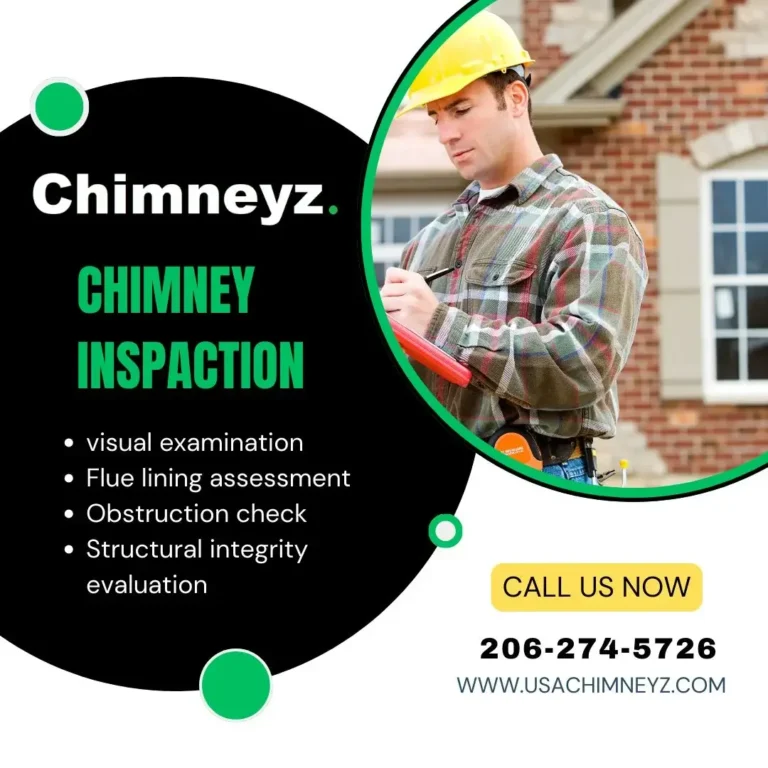
When it comes to keeping our homes safe and functional, we often think about routine tasks like changing air filters or cleaning gutters. However, one crucial aspect that frequently gets overlooked is the chimney. A chimney inspection in Renton, WA is essential to ensure that your chimney is operating safely and efficiently. Regular inspections can prevent dangerous situations and costly repairs. In this article, we’ll delve into why chimney inspections are vital, how often they should be done, the different types of inspections, what’s involved in the inspection process, and what steps to take afterward. By the end of this guide, you’ll have a thorough understanding of how to maintain your chimney properly and keep your home safe.
Importance of Chimney Inspections
A chimney inspection in Renton, WA is not just a routine task; it’s a crucial aspect of maintaining the safety and efficiency of your home. Chimneys are essential for venting smoke and gases from your fireplace or stove out of your home. When they’re not properly maintained, they can become a serious hazard.
Regular inspections help identify and address potential problems before they escalate into serious issues. For example, a damaged chimney cap or deteriorated chimney liner can lead to dangerous conditions such as chimney fires or carbon monoxide leaks. By having regular inspections, you ensure that your chimney components are functioning correctly and that there are no blockages or structural issues that could pose a risk to your home and family.
Moreover, chimney services go beyond just inspections. They include various aspects of maintenance and repair, such as cleaning the chimney grate, checking chimney flashing, and ensuring that the chimney cap is in good condition. Keeping up with these services is essential for the long-term health of your chimney and the safety of your home.
Frequency of Inspections Recommended by Experts
Experts recommend scheduling a chimney inspection in Renton, WA at least once a year. This annual check-up is crucial, regardless of how frequently you use your fireplace or stove. Even if you don’t use your chimney often, regular inspections can help identify hidden issues that might not be immediately apparent.
If you use your fireplace frequently, you might need more frequent inspections. This is because frequent use can lead to a build-up of creosote, a flammable substance that can cause chimney fires if not properly cleaned. Additionally, if you’ve recently purchased a home with a chimney or if you’ve experienced any issues, such as smoke entering your living space or difficulty starting a fire, you should schedule an inspection as soon as possible.
In addition to regular annual inspections, it’s important to be vigilant about any changes in your chimney’s performance or structure. For instance, if you notice any unusual noises, a change in the way your fireplace burns, or signs of water damage around the chimney, it’s wise to arrange an inspection even if it’s before your scheduled annual check-up.
Types of Chimney Inspections
When it comes to chimney inspections, there are three primary levels, each serving different purposes and suited to different situations. Knowing the differences between these types can help you decide which inspection is appropriate for your needs.
Level 1 Inspection: This is the most basic type of inspection and is typically performed during routine maintenance. During a Level 1 inspection, the inspector conducts a visual examination of the accessible parts of the chimney. This includes checking the chimney cap, the exterior of the chimney, and the accessible parts of the flue and fireplace. This type of inspection is generally sufficient for homes where no significant changes have been made to the chimney or fireplace system.
Level 2 Inspection: A Level 2 inspection is more thorough and is often required under specific circumstances. This includes situations where there have been changes in the use of the fireplace, such as the installation of a new heating appliance or a major renovation. It also applies if there’s been a chimney fire or other issues that might affect the chimney’s structure. This inspection includes everything in a Level 1 inspection but also involves checking the chimney liner and using specialized tools like cameras to view hidden parts of the chimney.
Level 3 Inspection: The most comprehensive type, a Level 3 inspection, is conducted when there is significant evidence suggesting severe damage or issues within the chimney system. This type of inspection may require removing parts of the chimney or surrounding structures to gain access to hidden areas. It’s often used in cases where there’s a suspected blockage, or severe deterioration, or when a thorough investigation is needed to determine the extent of damage.
Inspection Checklist
A chimney inspection in Renton, WA involves examining several key components to ensure your chimney is in good working order. Here’s a detailed checklist of what inspectors typically look for during an inspection:
- Flue: The flue is the internal passage through which smoke and gases exit your home. Inspectors check for blockages, creosote build-up, and any signs of deterioration. A blocked or damaged flue can lead to poor ventilation, which can result in dangerous smoke or gas leaks.
- Chimney Cap: The chimney cap is an important component that sits at the top of the chimney to keep debris, animals, and water out. Inspectors look for signs of rust, damage, or improper installation. A damaged chimney cap can lead to blockages and water damage inside the chimney.
- Crown: The crown is the top part of the chimney that helps seal it from water damage. Inspectors examine the crown for cracks or deterioration. A compromised crown can allow water to seep into the chimney structure, leading to potential damage.
- Masonry: The masonry, or the brickwork and mortar of the chimney, is checked for signs of damage or wear. Inspectors look for cracks, loose bricks, or other signs of structural issues that could affect the stability and safety of the chimney.
Common issues found during inspections might include a damaged chimney liner, which can lead to hazardous conditions, or deteriorated chimney flashing, which can cause leaks and water damage. Identifying these issues early allows for timely repairs, preventing more extensive damage and costly repairs down the line.
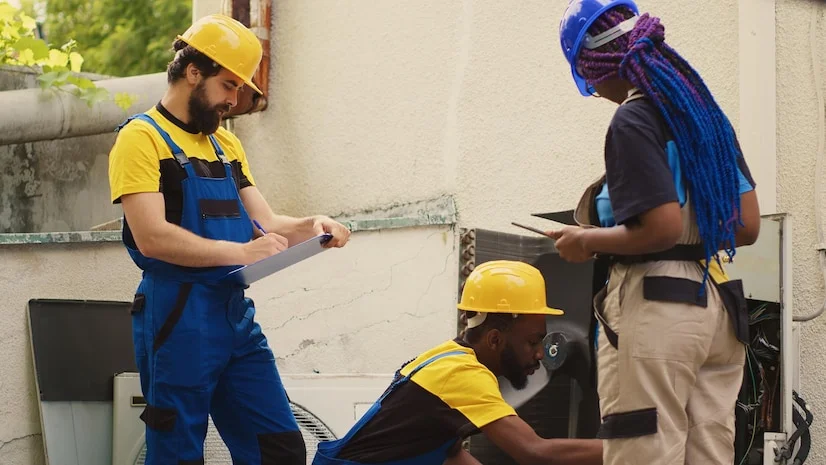
After the Inspection: What to Do Next
Once your chimney inspection in Renton, WA is complete, you’ll receive a detailed report outlining the condition of your chimney and any issues found. Understanding this report is crucial for maintaining the safety and functionality of your chimney.
- Understanding the Report: The inspection report will provide a comprehensive overview of the condition of your chimney. It will highlight any issues found, such as a faulty chimney grate or a damaged chimney cap. Pay close attention to the recommendations for repairs or maintenance. If the report indicates issues such as a need for chimney cap replacement or repair of the chimney liner, it’s important to understand the implications and prioritize these repairs.
- Scheduling Repairs: If the inspection report identifies problems, such as cracks in the chimney crown or issues with the chimney flashing, you’ll need to schedule repairs as recommended. Addressing these issues promptly can prevent further damage and ensure that your chimney remains safe and efficient. For complex repairs or significant issues, it’s best to consult with a professional who specializes in chimney repair services.
Conclusion
In conclusion, a chimney inspection in Renton, WA is a crucial part of maintaining the safety and efficiency of your home. Regular inspections help identify potential problems early, allowing for timely repairs and preventing more serious issues. Understanding the different types of inspections, what inspectors look for, and what steps to take afterward can help you keep your chimney in top condition. For any repairs or inspections, don’t hesitate to contact Chimneyz for expert chimney services and reliable chimney repair services. Keeping up with regular inspections and maintenance ensures that your chimney remains safe and functional for years to come.
Frequently Asked Questions
How often should I schedule a chimney inspection?
It’s recommended to schedule a chimney inspection in Renton, WA at least once a year. Regular inspections help catch issues early and maintain safety.
What is a Level 1 chimney inspection?
A Level 1 inspection involves a visual examination of accessible parts of the chimney, including the chimney cap and chimney flashing.
When is a Level 2 inspection required?
A Level 2 inspection is needed if there have been significant changes in the use of the chimney or if there have been issues such as a chimney fire.
What does a Level 3 inspection entail?
A Level 3 inspection is the most thorough and involves removing parts of the chimney or surrounding structure to assess severe damage.
What are common issues found during chimney inspections?
Common issues include a damaged chimney liner, a rusted chimney cap, and deteriorated chimney flashing.
What should I do if my inspection report indicates problems?
Review the report carefully and schedule the necessary repairs or maintenance as recommended by the inspector.
How can a damaged chimney liner affect my home?
A damaged chimney liner can lead to dangerous conditions such as chimney fires or carbon monoxide leaks.
Why is a chimney cap important?
The chimney cap prevents debris and animals from entering the chimney and helps protect against water damage.

